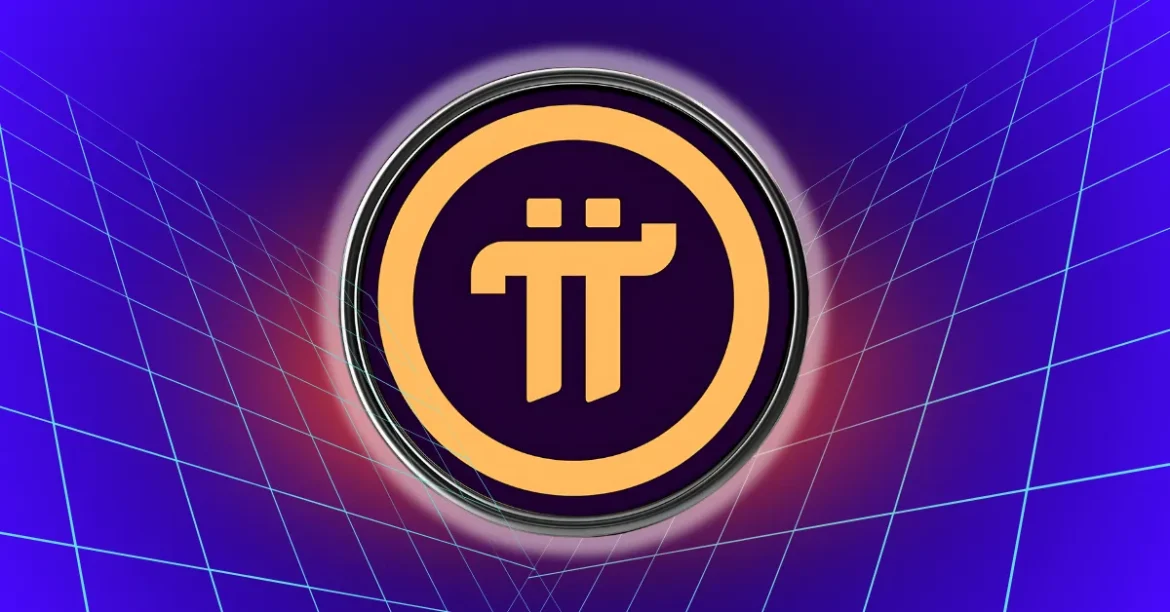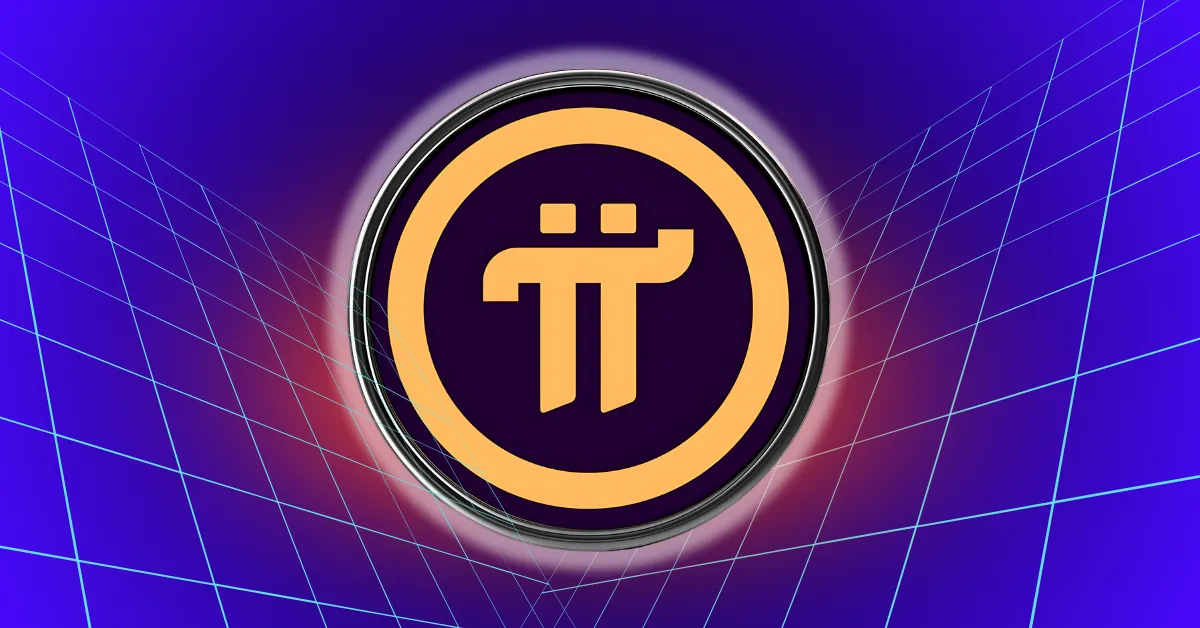Unraveling the Pi Network Controversy: Rug Pull Accusations and Community Fallout
Pi Network, a cryptocurrency project launched with the aim of bringing blockchain participation to everyday users via mobile mining, has recently been embroiled in heated controversy. Despite ambitious projects such as launching a $100 million fund to support real-world Pi Coin initiatives, the network faces mounting skepticism, accusations of a “rug pull,” and a token price plummeting to all-time lows. This report delves into the unfolding saga, dissecting the allegations, market reactions, project structure, and community sentiment to paint a comprehensive picture of Pi Network’s current state.
—
The Promise and the Fallout: Pi Network’s $100M Fund and Price Response
The Pi Network team’s announcement of a $100 million fund—Pi Network Ventures—was meant to inject bullish momentum by supporting startups building on its ecosystem. This was heralded as a tangible step forward after years of development and user anticipation.
Yet the market’s reaction was paradoxically negative. Following the announcement, the Pi Coin price experienced a significant drop, signaling investor disappointment or loss of confidence. The token’s value slid roughly 16% in 24 hours, reaching a record low just over $0.50, according to recent reports. This has eroded belief in the project’s viability, with questions swirling about the efficacy and transparency of the team’s strategy.
—
What Does a “Rug Pull” Mean in Crypto Context?
Before unpacking accusations leveled against Pi Network, it is vital to understand what constitutes a “rug pull.” In cryptocurrency, a rug pull refers to developers abruptly abandoning a project, usually after raising significant funds, leaving investors with worthless tokens. Often, this involves the creators selling off their holdings surreptitiously while inflating token prices artificially, then disappearing from public view. Variants include “silent” rug pulls, characterized by a sustained price freefall without outright exit announcements, causing investor losses from gradual erosion rather than a sudden collapse.
—
Accusations Against Pi Network: Is It a Slow Rug Pull or Just Waiting?
Crypto analyst Dr Altcoin and several community members have accused Pi Network’s core team of misleading their community and orchestrating a quiet or “slow” rug pull. They argue that despite large user numbers—over 60 million Pioneers—the team’s failure to launch an open mainnet promptly, decreases in mining rewards, and opaque handling of token supply control point to a deceptive scheme favoring insiders.
Specifically, controversy surrounds token distribution, where roughly 20% of the total 100 billion coins belong to the development team, centralizing substantial power and fueling fears of plans to dump tokens once Pi gains traction. Critics point to diminishing mining rates and the absence of major exchange listings, such as rejection by Binance’s Vote to List initiative, which purportedly dilutes the coin’s liquidity and value creation potential.
However, defenders note that unlike typical rug pulls where tokens start with zero inherent value, Pi Coin remains in a testnet phase, offering minimal immediate monetary value. They argue the team has made efforts to allocate 80% of the supply to the community free of charge, indicating a different distribution philosophy. Further, some community voices cite recent price upticks following mass unlock events, claiming these data points debunk the rug pull narrative.
—
Market Dynamics and Community Sentiment: Price Plunges and Social Media Storms
The Pi token’s price charts reveal volatility and significant declines—reportedly crashing by as much as 83% at one point. Such precipitous drops often reflect deeper issues: waning confidence, speculative sell-offs, or the unmasking of structural weaknesses.
Beyond raw numbers, social media platforms and the Pi Network’s subreddit have become battlegrounds of trust and accusations. Some users expect an imminent “bottom out” or complete collapse, pledging never to invest further and expressing frustration at what they perceive as broken promises and a slow unraveling of value.
Conversely, long-time supporters emphasize community building and the platform’s potential as a foundation for future decentralized applications, suggesting patience and collective consensus remain important virtues.
—
Structural and Organizational Concerns: Centralization and Governance
Technical concerns drive skepticism; only 45% of Pi’s total supply is reportedly mined by the community, while a significant portion remains controlled by the core team. This centralization raises alarms around fairness, governance, and the risk of the team manipulating token economics.
Instances like the departure of key personnel under conflict-laden circumstances, as well as the prolonged absence of an open mainnet, exacerbate fears that internal strife or lack of leadership focus might undermine the project’s longevity.
Transparency deficits compound these anxieties. Community requests for clear roadmaps, open audits, and frequent communication have met with limited responses, unsettling a base already questioning the project’s direction.
—
The Bigger Picture: Rug Pulls in Crypto and How Pi Fits In
Pi Network’s challenges echo broader trends in decentralized finance (DeFi) and cryptocurrency markets, where rug pulls, scams, and failed projects are unfortunately common. Rug pulls typically thrive in opaque environments, with centralized control, inflated hype, and limited accountability—all factors raising red flags when present.
Yet Pi Network’s scale and community engagement distinguish it from many isolated scams, complicating a straightforward classification. It might be more accurate to consider it a project at a volatile crossroads rather than a definitive rug pull case.
—
Looking Forward: Is There Hope for Pi Network?
The future of Pi Network hinges on critical developments: launching a fully open mainnet, demonstrating accountable governance, improving transparency, securing reputable exchange listings, and delivering real-world use cases via their venture fund. Achieving these will be essential to restoring investor trust and reversing negative market trends.
For community members, practical caution—monitoring developments, avoiding speculative overexposure, and maintaining realistic expectations—is advisable. The broader crypto ecosystem continues to evolve, and projects like Pi may either find their footing or fade away depending on leadership decisions and user engagement.
—
Conclusion: Navigating Between Innovation and Skepticism
Pi Network’s journey encapsulates the promise and peril inherent in cryptocurrency projects driven by massive communities and ambitious visions. While accusations of rug pulls and abandonment intensify, definitive proof remains elusive amid conflicting data and narratives.
This dichotomy underscores the need for rigorous scrutiny, transparent practices, and open dialogue in the crypto sphere. Whether Pi Network ultimately delivers on its goals or becomes another cautionary tale will unfold in coming months, but its current state serves as a compelling case study of the complexities cryptoprojects face amid hype, decentralization, and market realities.





